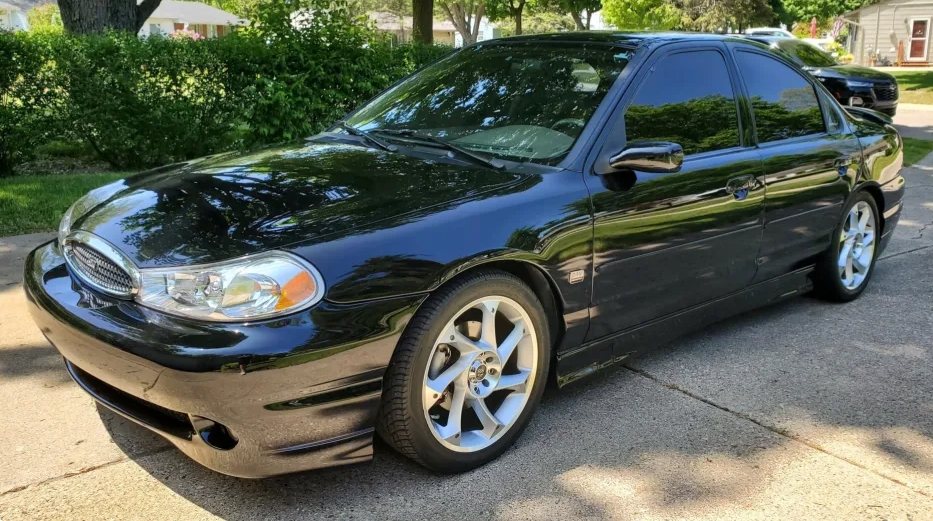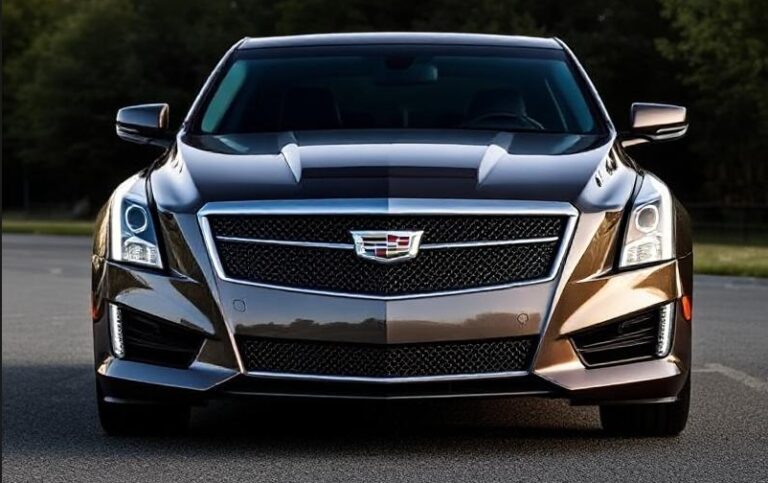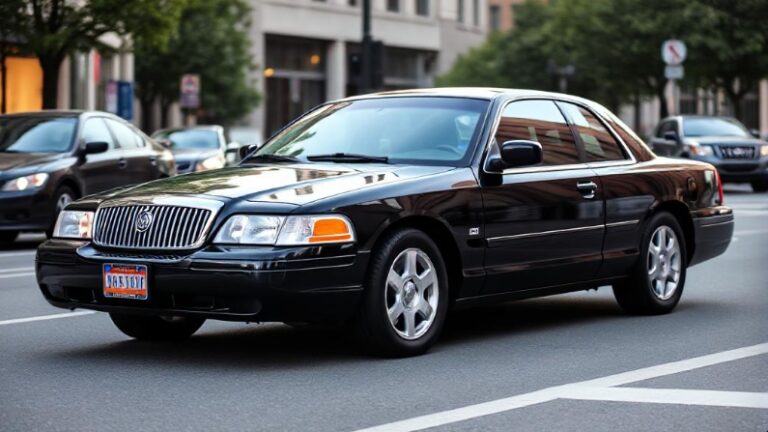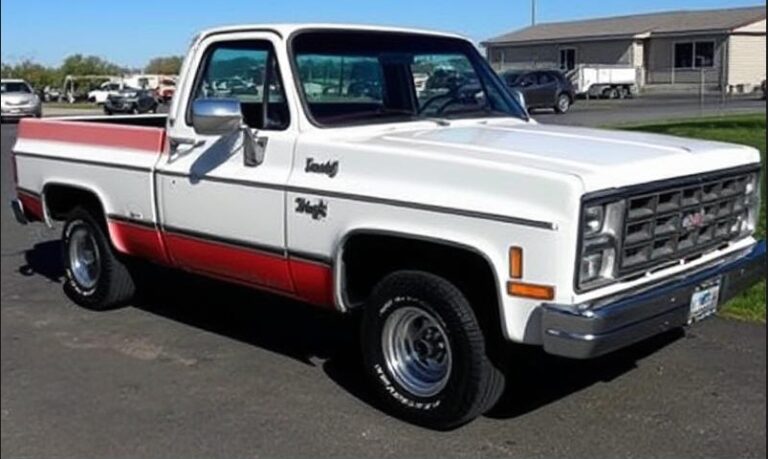A European Heart in the American Heartland: The Evolution of the Ford Contour
In the annals of automotive history, some cars are remembered as runaway successes, while others are relegated to the status of curious footnotes. The Ford Contour, a sedan that graced American roads from 1995 to 2000, occupies a unique and fascinating space between these two extremes. It was a vehicle lauded by critics for its sophisticated engineering and dynamic handling, yet largely overlooked by the very consumers it was designed to attract. The story of the Contour is one of ambitious global strategy, cultural misinterpretation, and the creation of an unlikely performance icon.
The Genesis: A $6 Billion “World Car”
The Ford Contour’s origins lie in one of the most ambitious automotive projects of the late 20th century: the “Ford 2000” initiative. Spearheaded by Ford’s then-CEO Alex Trotman, the plan aimed to consolidate Ford’s global engineering and design efforts, creating single platforms and models that could be sold, with minor alterations, across the world. The goal was to drastically reduce development costs and streamline production. The first major product of this transatlantic gamble was the CDW27 platform, which would underpin the European Ford Mondeo and its North American siblings, the Ford Contour and Mercury Mystique.
Development for this “world car” began in 1986 and reportedly cost an astonishing $6 billion. The car was engineered primarily in Europe, with a heavy emphasis on chassis rigidity, suspension dynamics, and a refined driving experience—hallmarks of European sedans. This was a radical departure from the Contour’s predecessor, the Ford Tempo.
The Tempo was a simple, durable, but utterly uninspiring vehicle built on an aging platform. The Contour was designed to be a scalpel, replacing the Tempo’s bluntness with precision, sophistication, and a driver-focused character. It was a massive leap forward in every conceivable metric.
The Debut: 1995-1997 – A Critic’s Darling, A Buyer’s Dilemma
The Ford Contour officially launched in North America in late 1994 as a 1995 model. From the moment journalists got behind the wheel, the praise was effusive. Car and Driver magazine famously placed it on its prestigious “10Best” list for 1995, 1996, and 1997, celebrating its taut handling, communicative steering, and overall poise. The car felt more like an affordable BMW 3-Series than a competitor to the Honda Accord or Toyota Camry.
For its initial run, the Contour was offered in three distinct trim levels:
GL (Base Model): The entry point into the Contour lineup, the GL was spartan but mechanically sound. It came standard with the 2.0-liter “Zetec” DOHC 16-valve inline-four-cylinder engine, producing a respectable 125 horsepower. This engine was paired with a crisp 5-speed manual transmission, with a 4-speed automatic available as an option. Standard features were modest, including manual windows, 14-inch steel wheels with hubcaps, and basic cloth upholstery.
LX (Luxury Model): Positioned as the volume seller, the LX added popular comfort and convenience features. It included power windows, power locks, air conditioning, and often featured an upgraded interior fabric. While the 2.0L Zetec was standard, the LX was the gateway to the Contour’s most celebrated powertrain: the 2.5-liter “Duratec” DOHC 24-valve V6 engine. This silky-smooth V6 produced 170 horsepower and an intoxicating engine note, transforming the Contour from a capable commuter into a genuinely spirited sedan.
SE (Sport Model): At the top of the range sat the SE, the enthusiast’s choice. It came standard with the 2.5L Duratec V6 and a host of performance-oriented upgrades. These included a sport-tuned suspension with stiffer springs and dampers, four-wheel disc brakes (a significant upgrade from the GL and LX’s rear drums), 15-inch cast aluminum wheels, a rear spoiler, fog lamps, and more aggressively bolstered sport seats.
Despite the critical acclaim, a significant problem emerged in the showroom. While the Contour’s European origins gave it superb driving dynamics, they also gave it European interior dimensions. Compared to its primary rivals like the Accord, Camry, and the newly introduced Chrysler “Cloud Cars” (Cirrus, Stratus, Breeze), the Contour’s rear seat was noticeably cramped. For American families who prioritized interior space, this was a major flaw. Furthermore, its sophisticated engineering and high-quality materials made it more expensive to produce, resulting in a higher sticker price than many competitors. This “too small, too expensive” reputation began to haunt the car, and sales never met Ford’s lofty expectations.
The Mid-Cycle Refresh and the SVT Revolution: 1998-2000
Ford recognized the need to address some of the criticisms and refresh the car’s image. For the 1998 model year, the Contour received a significant facelift.
The most noticeable change was at the front. The original dual-element headlamps were replaced with larger, single-piece composite units that wrapped around the corners of the car. A larger, oval-shaped grille was added, bringing the Contour’s styling in line with the controversial “ovoid” design language of the contemporary Ford Taurus. The rear received updated taillights, and the interior saw a revised center console with integrated cupholders—a direct response to a common American complaint.
The trim lineup was also simplified for 1998:
The base GL model was discontinued.
The LX became the new entry-level model, still offering the choice of the 2.0L I4 or the 2.5L V6.
The SE remained the top-tier sport model, exclusively equipped with the V6 and its associated performance hardware. A “Sport” package could be added to the SE for even more aggressive styling and features.
The biggest news for 1998, however, came not from the standard lineup, but from Ford’s elite Special Vehicle Team (SVT). In a move that would cement the Contour’s legacy among enthusiasts, Ford unleashed the SVT Contour. This was no mere appearance package; it was a comprehensive performance transformation.
The heart of the SVT Contour was a heavily reworked 2.5L Duratec V6. SVT engineers meticulously honed the engine, employing techniques like extrude honing the intake and exhaust ports to maximize airflow. It featured higher-compression pistons, more aggressive camshafts, and a larger throttle body. The result for 1998 was 195 horsepower and 165 lb-ft of torque, all channeled exclusively through a heavy-duty 5-speed manual transmission.
The chassis received equal attention, with unique SVT-tuned suspension, larger four-wheel disc brakes with performance pads, and grippy 205/55R16 Goodyear Eagle F1 tires mounted on distinctive 5-spoke SVT wheels. The exterior was set apart by a unique front fascia, side skirts, and a subtle rear lip spoiler. Inside, drivers were treated to supportive leather-trimmed seats and a unique instrument cluster with blue backlighting and an 8,000 RPM tachometer.
The SVT Contour was an instant sensation in the automotive press, a true “sleeper” sedan capable of surprising far more expensive European machinery. It was the ultimate expression of the Contour’s dynamic potential.
The SVT model continued to evolve through its short run:
1998.5: A mid-year update saw some minor running changes.
1999: The SVT engine received further porting and tuning, bumping its output to an even 200 horsepower and 169 lb-ft of torque, solidifying its status as a high-winding performance engine.
2000: The final year for the SVT was largely a carryover, making these models particularly rare. Total production for the SVT Contour over its three-year run was just over 11,000 units.
.
SEARCHING for those hard to find FORD manuals, guides & books?
This place has you covered! SEE All FORD Manuals From 1920 – 1989.
CHOOSE the year of your vehicle:

.
The End of the Line and a Lasting Legacy
Despite the 1998 refresh and the halo effect of the SVT model, the mainstream Contour could never escape its initial market perception. It was perpetually caught in a difficult position in Ford’s lineup—pricier and smaller than the massive Taurus, but not as economical as the compact Escort (soon to be replaced by the Focus). Sales continued to dwindle, and Ford made the decision to discontinue both the Contour and its Mercury Mystique sibling after the 2000 model year.
The “World Car” experiment, in its first iteration, had produced a fantastic car that simply wasn’t the right fit for its intended American market. The lessons learned, however, were invaluable. Ford realized that global platforms needed more flexibility to account for regional tastes in size and features.
Today, the Ford Contour is remembered as a fascinating dichotomy. For most, it is a forgotten sedan from the late 90s. But for a dedicated community of enthusiasts, it represents a high-water mark for affordable, front-wheel-drive dynamics. The standard V6 SE models remain enjoyable and competent sport sedans, but it is the SVT Contour that carries the torch. It stands as a testament to what happens when a group of passionate engineers are allowed to fully exploit a brilliant chassis, creating a cult classic that remains one of the best-handling American sedans of its era. The Contour may not have been a sales champion, but its European heart left an indelible mark on the landscape of American performance.







